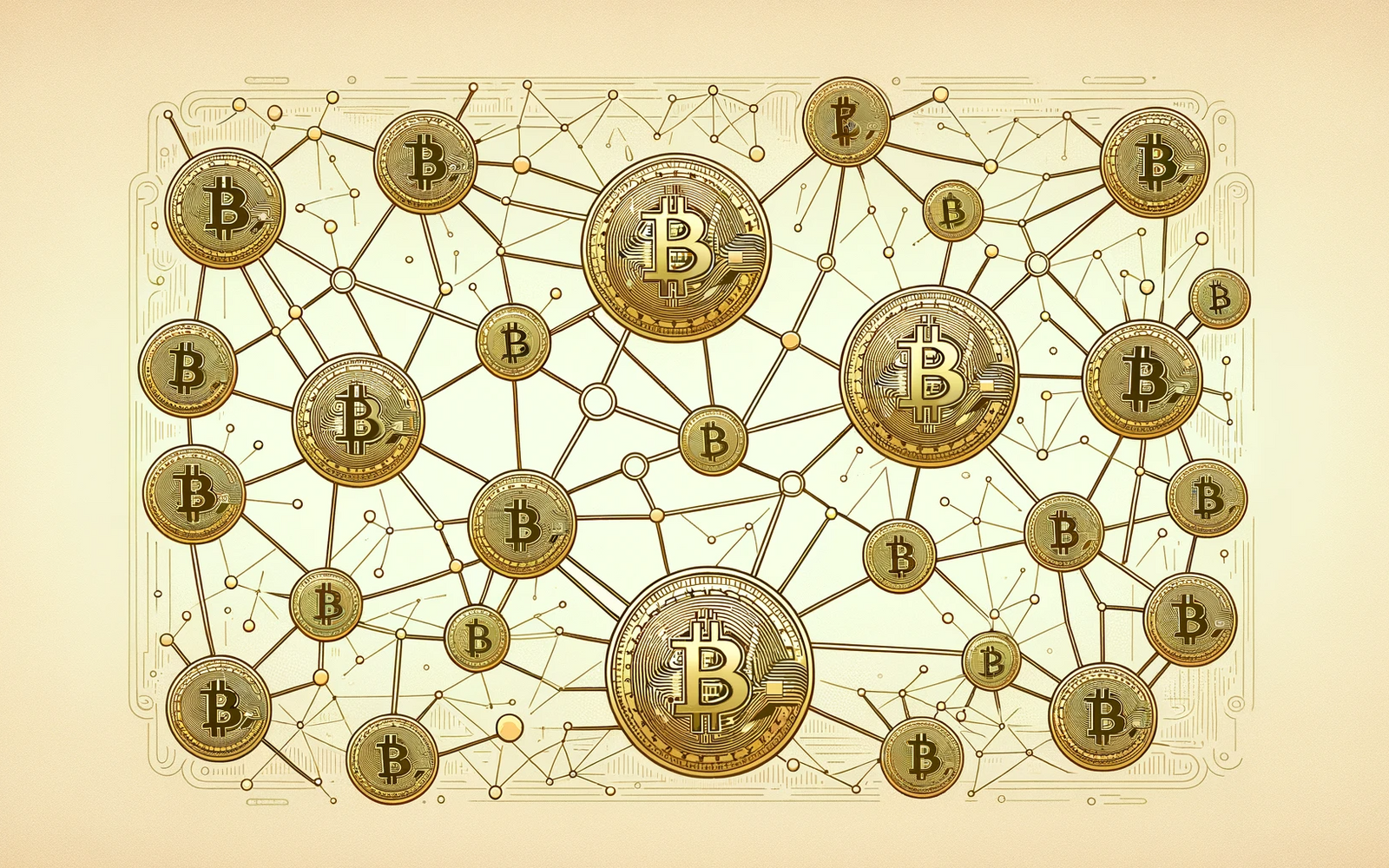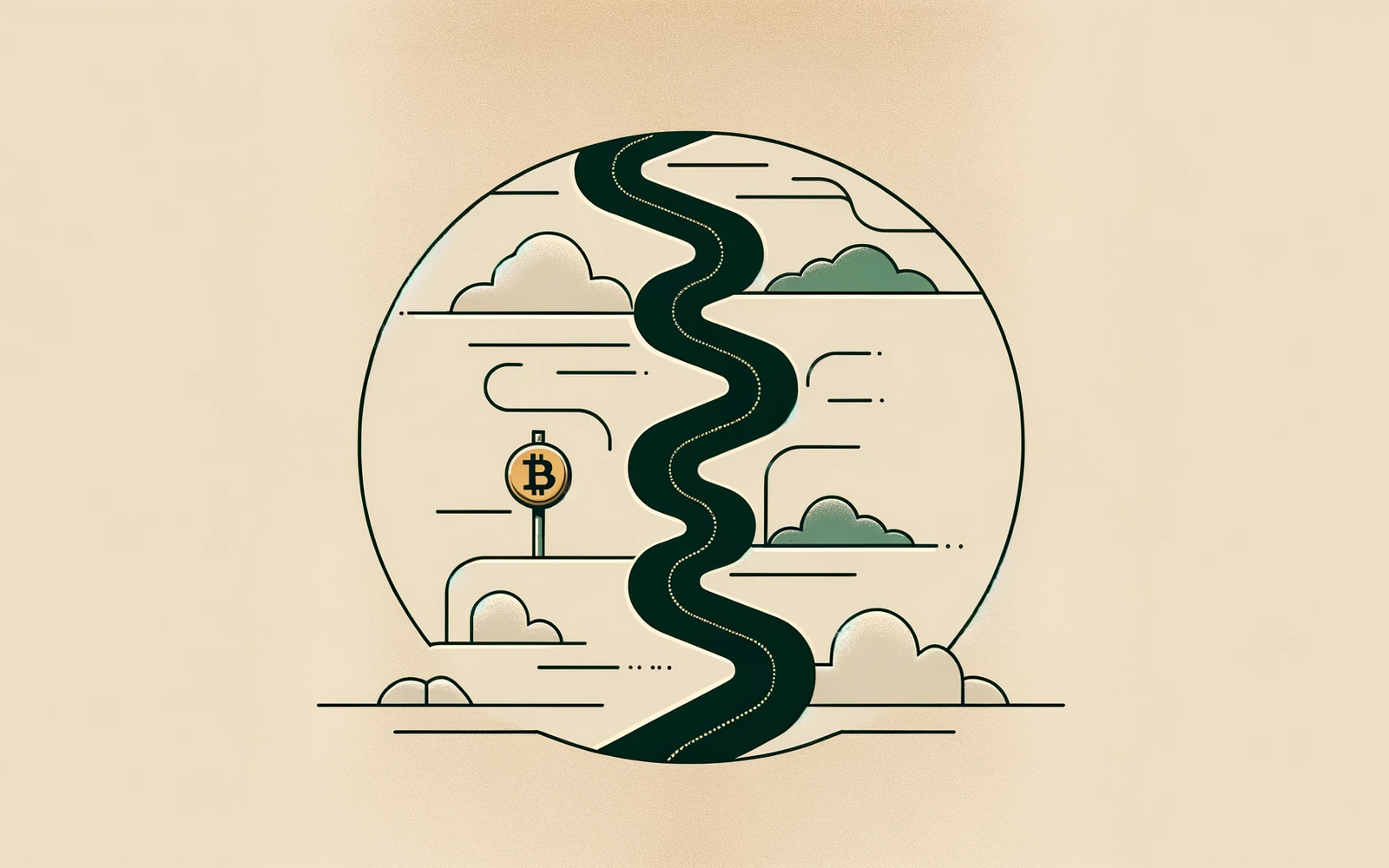
In the spring of 2024, the entire Bitcoin community was looking forward to an event known as the Bitcoin halving. This event has a significant impact on Bitcoin's inflation, which is embedded in the software. In this article, we discuss what the Bitcoin halving is, what its historical impact was, and what we can expect from the upcoming halving(s).
The Bitcoin Halving in Brief
At the launch of the Bitcoin network in 2009, the reward for finding (or mining) a new block was a payout of 50 bitcoin. Every 210,000 blocks, which is roughly every four years, this reward is halved. This event is known as the Bitcoin halving. Because this happens every four years, the last bitcoin will be mined far in the future.
The Longer Explanation
The Bitcoin blockchain consists of blocks that are linked together like a chain. It is a digital ledger that is accessible to everyone. Each block contains multiple transactions or mutations. Miners, which are essentially very powerful computers, solve complex mathematical puzzles to verify the transactions in the next block and thus add a new block to the blockchain.
As a reward for their work, miners receive the block reward. This consists of the sum of the transaction fees of all transactions in the block, along with the newly mined bitcoins. Thus, miners ensure the creation of new bitcoins.
What is special about Bitcoin is that it has a mining schedule in which this reward is halved every 210,000 blocks. This mechanism is built into the original Bitcoin code and therefore cannot be changed. This event happens automatically, and there is no one who presses a button to halve the reward.
In 2024, during the most recent halving, the reward was reduced from 6.25 BTC to 3.125 BTC. After the next halving, this will be 1.5625 BTC. This halving process will eventually continue until the maximum supply is reached, expected around the year 2140. After this point, no new BTC will be created via mining. Miners will then only receive the transaction fees as block rewards.
The Bitcoin halving has a direct impact on the profitability of mining. As the reward per block is halved, the cost per bitcoin for the miner increases. This makes it increasingly difficult to mine profitably, especially for miners with older hardware or higher operational costs, such as energy prices. This can lead to a decrease in the number of active miners and a slowdown in the rate at which new bitcoins are mined.
Why Is There a Bitcoin Halving?
An important aspect of Bitcoin is the maximum supply. Unlike fiat currencies like dollars and euros, which central banks can print indefinitely, there is a fixed maximum of 21 million bitcoins. Formally, the precise amount is 20,999,999.9999.9769 BTC, but commonly it is referred to as 21 million. During the first halving in 2012, half of the total supply of Bitcoin was already in circulation. The halving steadily reduces inflation. For example, inflation dropped from fifty to twelve percent after the first halving. Currently, inflation is less than two percent. The maximum supply further contributes to Bitcoin's deflationary nature and its value as a scarce asset.
Future Bitcoin Halvings
The average time to find a new Bitcoin block is continuously rebalanced to 10 minutes. Historically, however, the average time was 9.8 minutes, as the total computational power for mining continually increased. This makes it difficult to predict exactly when the halving will take place.
The next Bitcoin halving will occur at block number 1,050,000, around April 2028. Websites like https://mempool.space display the most recently mined block. Currently, the block subsidy is 3.125 BTC, which can also be found on the mempool website. The following table provides an overview of the upcoming halvings:
| Halving | Block number | Block reward (rounded) | New BTC per day* |
|---|---|---|---|
| January 2009 | 0 | 50 BTC | 7200 |
| November 2012 | 210.000 | 25 BTC | 3600 |
| July 2016 | 420.000 | 12,5 BTC | 1800 |
| May 2020 | 630.000 | 6,25 BTC | 900 |
| April 2024 | 840.000 | 3,125 BTC | 450 |
| Approx. 2028 | 1.050.000 | 1,5625 BTC | 225 |
| Approx. 2032 | 1.260.000 | 0,7813 BTC | 112.5 |
| Approx. 2036 | 1.4700000 | 0,3906 BTC | 56,25 |
| Approx. 2040 | 1.680.000 | 0,1953 BTC | 28,125 |
| Approx. 2044 | 1.890.000 | 0,0977 BTC | 14,0625 |
| Approx. 2048 | 2.100.000 | 0,0488 BTC | 7,03125 |
*This is only an indication. Assuming one block is mined every ten minutes, that would be 144 blocks per day. However, the exact time per block varies greatly, so on some days there will be more or less new BTC added.
What Can We Expect from the Halving?
Each halving is likely to have a similar impact as previous halvings, albeit possibly on a different scale. With a reduced reward per block, miners will face decreased profitability. As long as prices continue to rise and miners find ways to work more efficiently, the halving will not pose a problem for most miners and mining companies.
The scarcity of Bitcoin will increase after the halving, which, with constant demand, generally leads to price increases. Keep in mind that this also depends on broader economic developments such as geopolitical conflicts, purchasing power, employment, and general economic policy.
Conclusion
The Bitcoin halving is a crucial part of the Bitcoin protocol. With each halving, we can expect Bitcoin to be in the spotlight once again. Investors worldwide are already considering the potential effects of the next halving. We will also continue to closely monitor developments and adjust our crypto asset management solution as needed.
The information provided in our articles is intended solely for general informational purposes and does not constitute (financial) advice.
Subscribe to our newsletter
Everything you need to know about Bitcoin, straight to your inbox. Subscribe now for the latest from Blockrise.


